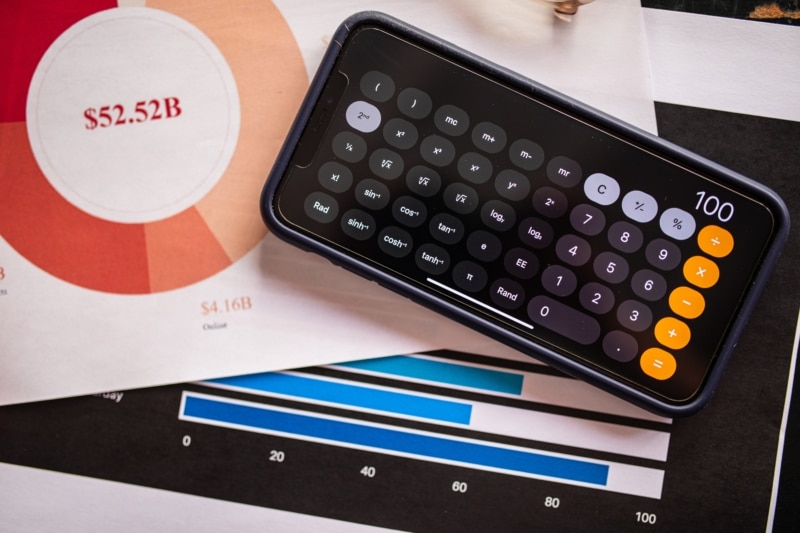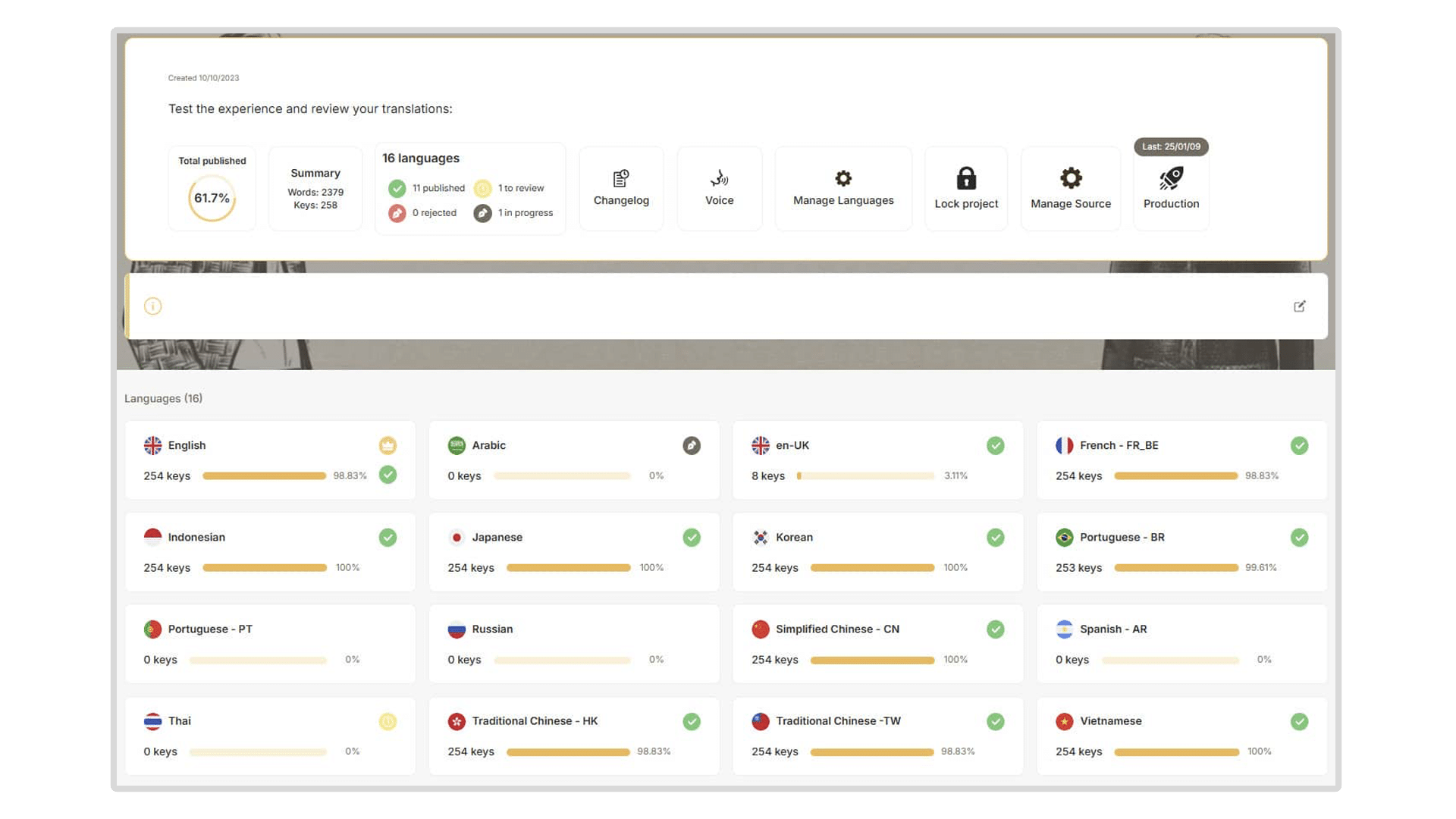
Gamification in Retail Stores: Why It Works

As technology continues evolving, so does how businesses interact with their customers. A critical factor in any retailer’s success is creating an engaging shopping experience.
In addition, it’s a must for retail stores to train their employees differently to keep up with customers’ demands. In the past, training employees in basic math and customer service was once enough to generate sales. However, mobile apps and online shopping have changed how employees provide exceptional customer service.
Due to these changes, training employees in retail and gaining customer loyalty is more complex than it once was before. One way to solve these problems is by using e-commerce gamification.
Exactly what is it, and how is it beneficial to retailers? In this article, you’ll find all the details you need to know about gamification in retail.
Would you like to see how Emeraude Escape helped a retail store improve employee training? Take a look at how we used gamification to improve Carrefour training!
What is Gamification in Retail?
Before you can understand how gamification in retail works, you must know the term’s true definition; gamification involves incorporating gaming into platforms you would not normally expect to use. For example, you’ll expect to be able to play games on a website such as 247games. However, you wouldn’t expect to play a game on a website that sells clothes, make-up, or food.
Gamification allows businesses to operate more efficiently and effectively by integrating gaming concepts into their platforms. For example, most retail stores use gamification on their websites to create challenges for customers to interact with and gain a special prize. As a result, customers become loyal to the business and purchase from their website more often.
Using gamification, you can tap into two critical human emotions that motivate people to purchase: curiosity and competition. People often see online shopping as a hobby and can become picky about which store they want to buy from. Gamification allows businesses to tap into customers’ emotions by entertaining them and enticing them with games to do business with them.
Also, with e-commerce gamification, employees can be trained and educated in the world of customer service. Through gaming, employees can understand the use of technology, such as smartphones and computers, and how it applies to their job in customer service.
Why Gamification Works for Retail and E-commerce
In a way, a gaming concept is already built-in when customers shop for items using retail websites. For example, the gaming concept of a treasure hunt is applied when customers search for goods on the website. Also, using discount codes is like a bonus point for their shopping.
However, there are other ways gamification in retail works. Below are four of these examples.
Improve Brand Awareness and Loyalty
Customers are encouraged to spend more time in-store through gamification techniques such as rewards and competitions. It triggers customers’ competitive spirit, enabling them to purchase products to achieve their goals. This can include topping the leaderboard or collecting enough reward points to qualify for an incentive.
Similarly, these gaming activities help build relationships between customers and the business as each retail customer uniquely interacts with the store. With gamification, stores create a memorable brand experience that sticks with consumers long after they leave.
Do you want to try a new tactic for your brand marketing? See how we can help you increase your brand awareness and boost sales
Increase Conversion

Incentives like virtual rewards points tied to a store’s loyalty program, badges, and levels that unlock exclusive deals, make shopping more fun and engaging for customers. Gamification rewards can also increase repeat purchases in retail stores – customers who receive virtual badges for past purchases are more likely to return and make additional purchases.
Additionally, there is great potential in the field of game analytics. Retailers can develop customized marketing campaigns tailored to their target audience using data from customer purchases and feedback.
Boost Customer Experience
Companies can create an interactive and engaging shopping experience by adding game-like elements to their store design. For example, using a point-based reward program, stores could offer customers discounts or prizes in exchange for points collected on purchases.
Also, stores could offer digital scavenger hunts and challenges, giving customers another reason to visit the store more frequently. Not only does this increase sales for the store, but it also builds loyalty within their customer base, creating a positive customer experience that keeps customers coming back time and again.
Related: Inside the Gamification of Shopping
Encourages Staff Performance
To incentivize top performance among staff, many retail stores are utilizing the concept of gamification. This involves turning tedious tasks into fun and challenging games, encouraging employees to work harder for better rewards.
For example, at some stores, staff must answer quiz questions based on product knowledge to win weekly prizes. Other stores may offer employees a certain amount of points for each completed task, which can be exchanged for various rewards. These incentives help motivate staff and build teamwork as they collectively strive toward common goals set by their employers.
Effective Retail Sales Games
Before someone buys anything, they’ll always question themselves, “What’s in it for me?” You can do everything in the sun to lower prices, promote your goods, or update your store. However, if your customers do not see what’s in it for them, they will not waste their time doing more business with you.
This is why you must take the time to develop tactics such as contests, sweepstakes, and rewards. These tactics entice customers to play along so they can win a special prize that no one else will get. But how can you include gamification in this?
You can accomplish this by holding weekly or monthly sweepstakes. It is simple to do as there is a low entry level to play; participants only have to submit a small amount of information onto an online platform.
For example, you can have customers leave a short review of a product they have purchased. This will allow you to collect their data and draw names to pick a sweepstake winner. Through this type of gaming, you can build long-lasting relationships and increase customer engagement with your business.
Of course, gamification in retail doesn’t only apply to customers and can entice workers to perform better as well. For example, you can create a game to help employees reach their sales goals and provide a reward to the winner. They can stay focused on their tasks by knowing they will win something exciting if they provide exceptional customer service.
Do you find your employees lacking certain skills? Discover how gamification can improve hard and soft skills among your workers.
Successful Gamification Examples in Retail Business

It might be helpful for you to review some examples if you are unsure whether to adopt e-commerce gamification for your company. Below are some examples of how gamification in retail has worked for other businesses.
Sephora
The beauty brand Sephora utilizes gamification to help create a unique experience for its customers. Their goal was to make customers’ experience of choosing products less imitating and confusing.
The Swipe it. Shop it. marketing campaign allows customers to swipe left or right if they like or don’t like the product shown to them. In a sense, it was like the dating app Tinder. And you know what? It worked!
This game-like concept created a more enjoyable shopping experience for their customers and reduced their anxiety about choosing products from their vast catalog. By using elements from Tinder and gamification, Sephora was able to attract more customers to their website.
eBay
The use of gamification in retail is something that has been introduced previously. For example, since the start of eBay, the company has been using gamification to entice customers to buy from its website.
The thought of bidding from other people increases users’ competitive nature to make them want to buy from eBay. It gives them more excitement and reward from winning the bid than simply making a purchase. Since e-bay has been around since 1995, this bidding concept has worked out for them.
Subway
Subway created a battleship game to help increase its brand awareness within Australia and New Zealand. The game is known as sink the sub, where subway sandwiches were in place of ships on the water battlefield.
When customers brought a meal from the store, they were given a code to play the game. This helped them gain more customers in those countries to do business with them.
Regardless, if customers won the game, they were given a reward such as a free drink or $10,000 in cash. It’s an excellent example of using gamification to increase brand awareness for different parts of the world.
Utilize Gamification in Retail to Boost your Business
Gamification in retail can be a great way to increase customer engagement and loyalty. By incorporating game-like elements into the shopping experience, retailers can encourage customers to browse longer, try new products, and come back more frequently.
As well as benefiting your customers, gamification can help your workers provide better service. Providing rewards and turning tasks into a game can motivate them to work harder and provide better customer service.
Additionally, gamification can be used as a teaching tool to help retail employees become more efficient. So take advantage of e-commerce gamification to make progressive changes in your business to keep your workers and customers happy.
Discover


Book A Demo
Get a personalized demonstration by one of our game design experts.


